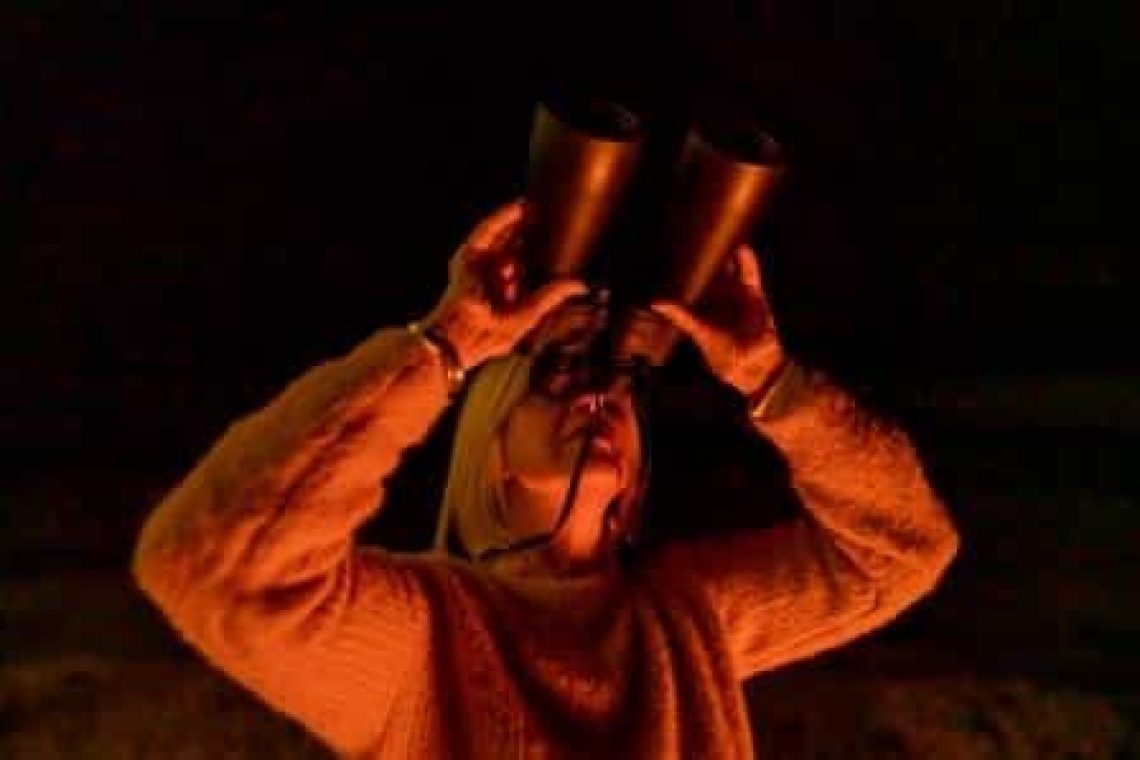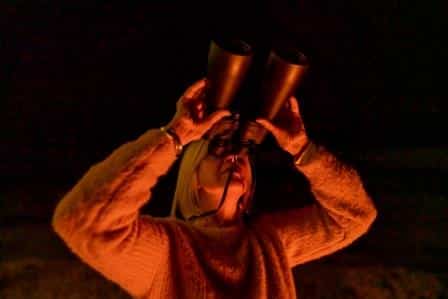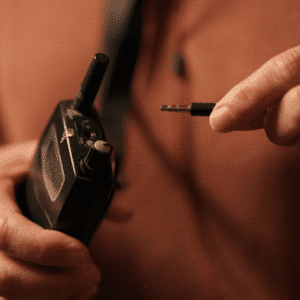Take a peek at Sirius this summer
Outback Astronomy
- Published on

The brightest star in the night sky is gloriously positioned right now for your night time entertainment.
Stargazing at Sirius with binoculars is the perfect way to begin learning about your night sky.
You cannot mistake this bright star – no other outshines it. Look to the East during January and February and then start to gaze in an arc from the horizon to the North-East and onwards to the North. Depending on your location, you should find Sirius within this portion of the sky.
By late February Sirius will be very high overhead, in your early evening sky.
If in any doubt about which star is Sirius, look for the saucepan then find it to the right-hand-side of this pattern. Nothing outshines the brilliant glow of Sirius.
Once found, if you have a clear and dark sky, you may be able to see the hazy band of the Milky Way Galaxy nearby (below Sirius for us southern hemisphere gazers). During summer it is recommended to search for the galactic band in the darkest possible time – so wait a few hours at least after sunset.
The sky here is a little busy with loads of stars so go slowly into your learning journey.
Follow Sirius across the sky for a major part of 2024 and see how the surrounding sky constantly repositions too. Another tip for gazing at Sirius – follow the hazy galaxy band to the South and search for the Southern Cross. At this time of year the Cross is low in the South-East, preparing to position itself for its annual march up the sky to bring in the wonderful winter sky.
By the time the weather turns cool, Sirius is likely to be out of your sky view. So enjoy it while it is accessible, hanging out with the saucepan and thousands of other nearby stars.



